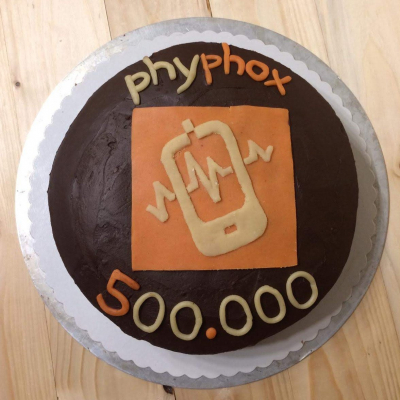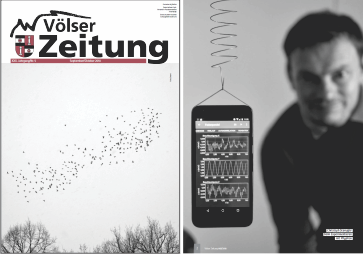Current events
Next talk on Tuesday in 2 days by Balint Szentpeteri.
News 05.07.2025
New publication: Electric-Field-Tunable Spin−Orbit Gap in a Bilayer Graphene/WSe2 Quantum Dot
Site Content:
20.12.2018
"56. ATG - Winterlauf" 2018
Our Institute participated successfully in the "56. ATG - Winterlauf"
2018. Despite the freezing cold temperatures and snow covered trails our colleagues put race numbers on and lined up with over 2500 other atheletes for the iconic 18,3 km long cross country run from Mulartshütte to Aachen. Alex (1:37:15), Markus (1:28:22) and Michael
(1:14:10) as well as our very own Prof. em. Güntherodt (1:56:36) mastered the course and even had some energy left to smile for a finisher foto. Gratulations!
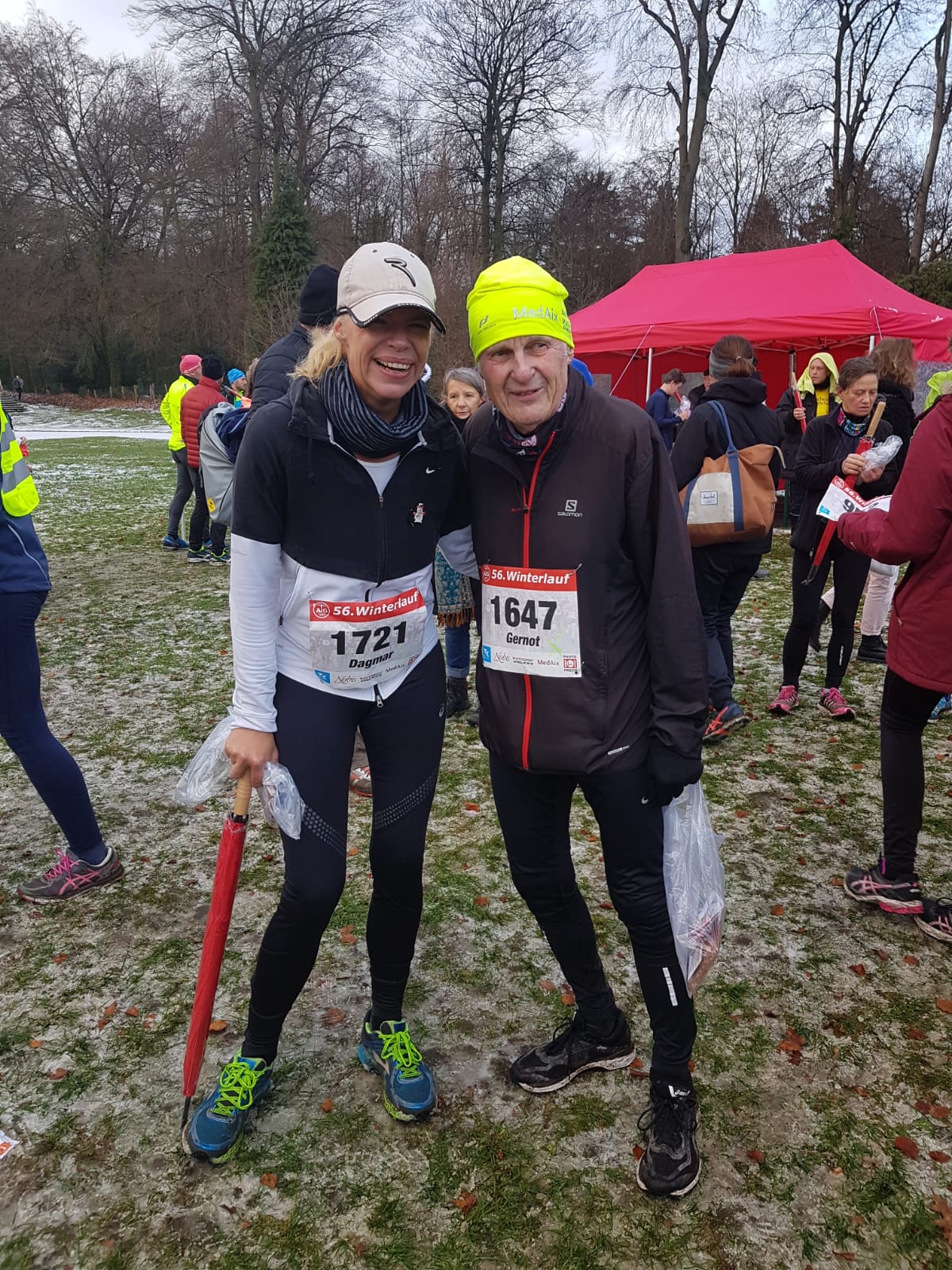
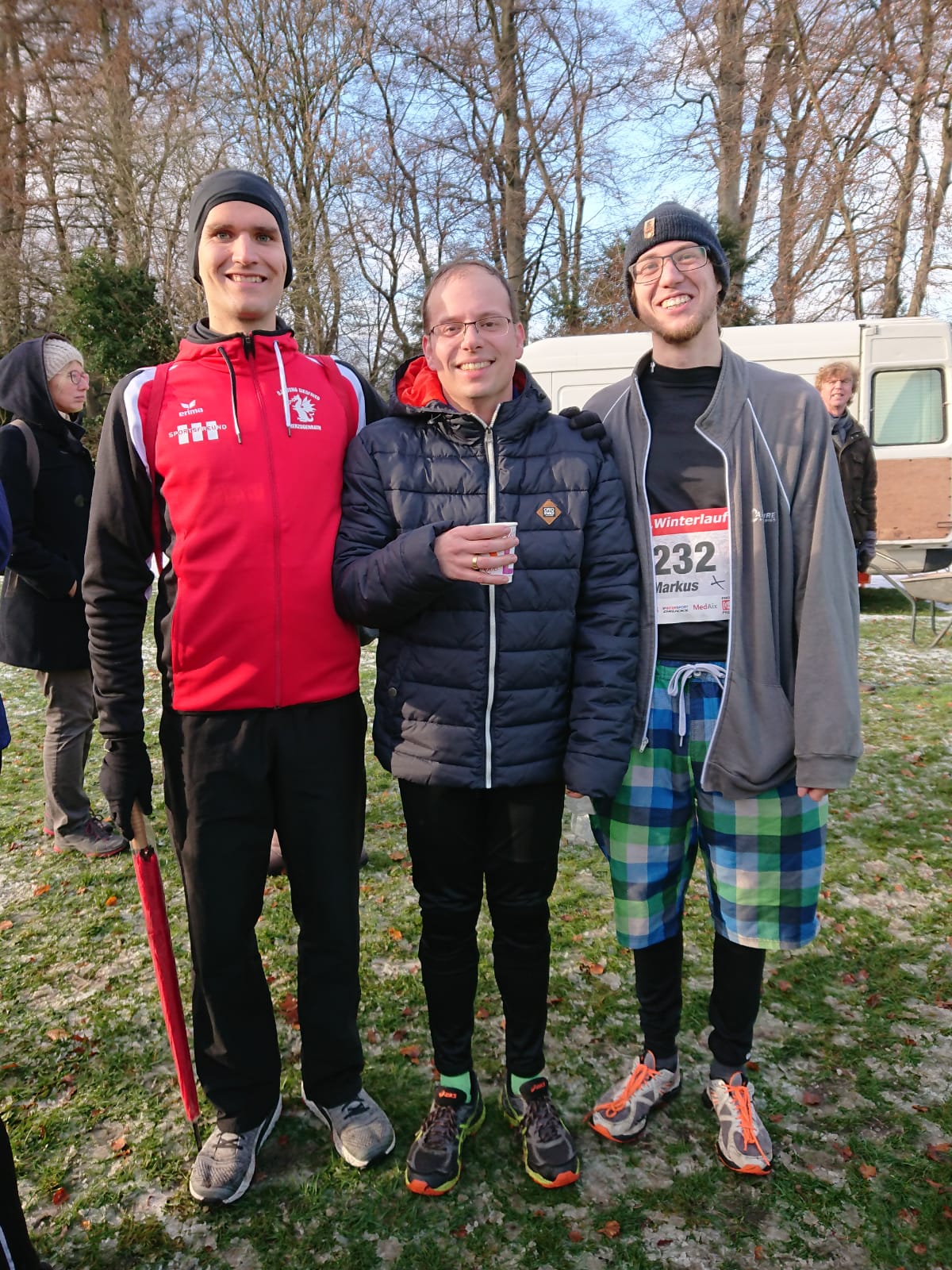

04.12.2018
New Publication: Proximity-induced spin-orbit coupling in graphene/Bi1.5Sb0.5Te1.7Se1.3 heterostructures
Phys. Rev. B 98, 241402(R)(2018) The weak intrinsic spin-orbit coupling in graphene can be greatly enhanced by proximity coupling. Here, we report on the proximity-induced spin-orbit coupling in graphene transferred by hexagonal boron nitride (hBN) onto the topological insulator Bi1.5Sb0.5Te1.7Se1.3(BSTS) which was grown on a hBN substrate by vapor solid synthesis. Phase coherent transport measurements, revealing weak localization, allow us to extract the carrier density-dependent phase coherence length lφ. While lφ increases with increasing carrier density in the hBN/graphene/hBN reference sample, it decreases in graphene/BSTS due to the proximity coupling of BSTS to graphene. The latter behavior results from D'yakonov-Perel'-type spin scattering in graphene with a large proximity-induced spin-orbit coupling strength of at least 2.5 meV.

02.12.2018
New publication: Zitterbewegung of Spin Split Electrons
JETP Lett. 108, 326(2018) We describe the trembling motion of conduction-band electrons in solids. The effect originates from the fact that, in the presence of the Rashba/Dresselhaus spin–orbit coupling and the Zeeman splitting, the electron velocity is not a conserved quantity and contains a contribution oscillating at the frequency determined by the spin gap. The phenomenon is similar to the Zitterwebegung of relativistic particles. Trembling motion of individual electrons can be phase-synchronized by initializing the electrons in the same spin states and detected as a macroscopic high-frequency electric current, which is maintained in the system until the electron spin coherence is lost. We also show that the amplitude of such a coherent Zitterbewegung current is increased when its frequency matches the plasmon frequency.

01.12.2018
Christoph Stampfer becomes a member of the board of trustees of the "Physik Journal"
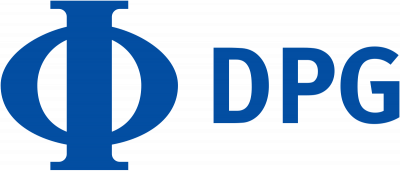
Christoph Stampfer was elected as member of the board of trustees of the "Physik Journal" for the period 2019-2024.

07.11.2018
New publication including cover page: Smart Experiments
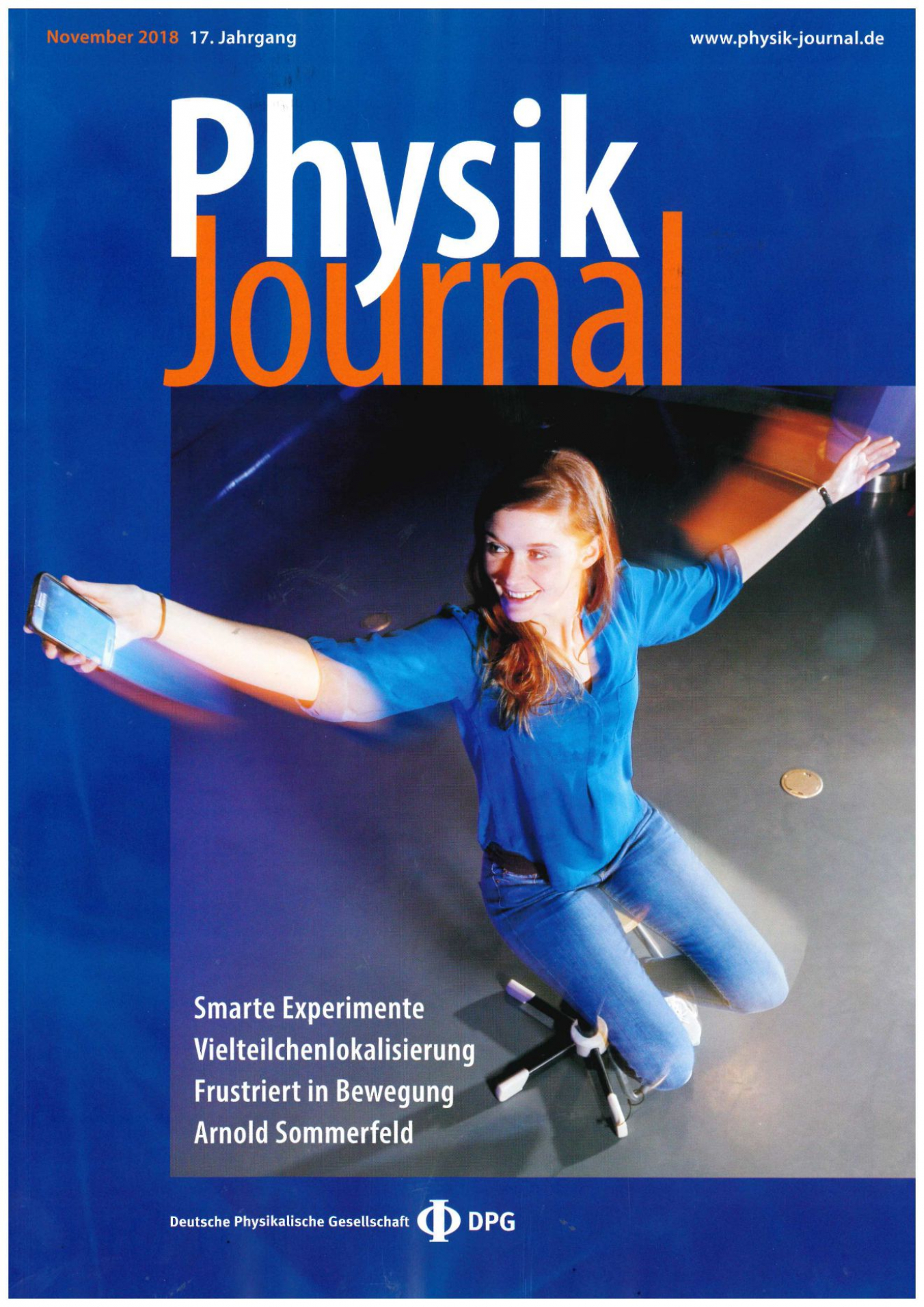
Lehre: Smarte Experimente - Physik Journal 11, 35 (2018) In den Vorlesungen zur Experimentalphysik lassen sich Smartphones sinnvoll einsetzen. In den meisten Physikstudiengängen bildet die Vorlesung zur Experimentalphysik die zentrale Einführung. Dabei stellen Studierende jedoch schnell fest, dass das „Experiment“ im Titel der Veranstaltung lediglich Demonstrationsversuchen geschuldet ist, sie aber nicht selbst experimentieren dürfen. Da es unmöglich ist, alle Studierenden mit Messgeräten auszustatten, schauen sie den Vorführungen passiv zu und bekommen erst in den physikalischen Praktika die Möglichkeit, selbst Versuche durchzuführen. Die eigenständige Experimentiererfahrung wird losgelöst vom Vorlesungsstoff gesammelt.

26.10.2018
Race report Köln Marathon 2018
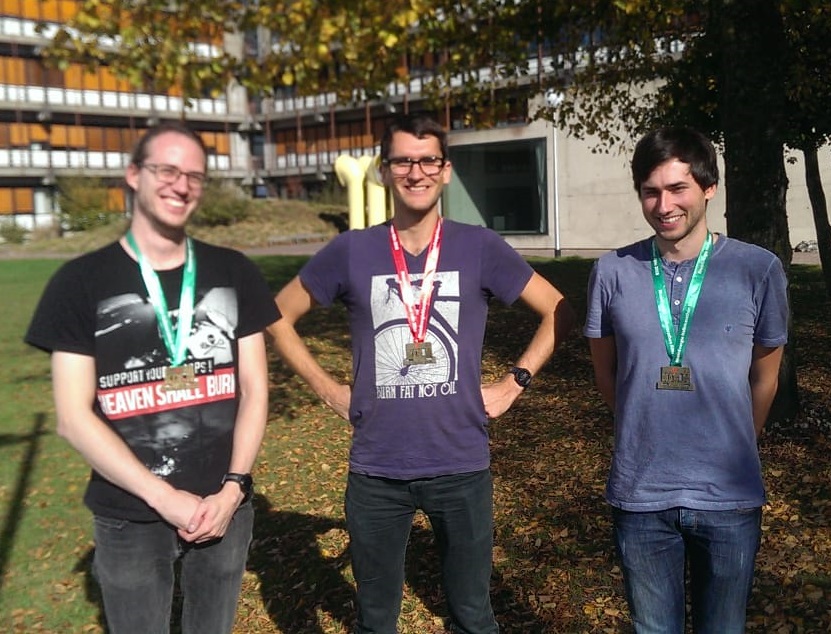
Our institute participated successfully at the "RheinEnergie Marathon" in Köln. Along with 27,000 other athletes, Markus (1:43:41), Alex (1:50:19) and Benedikt (1:51:40) completed the Half Marathon course while Michael ran the full Marathon in 3:04:34. Congratulations!


